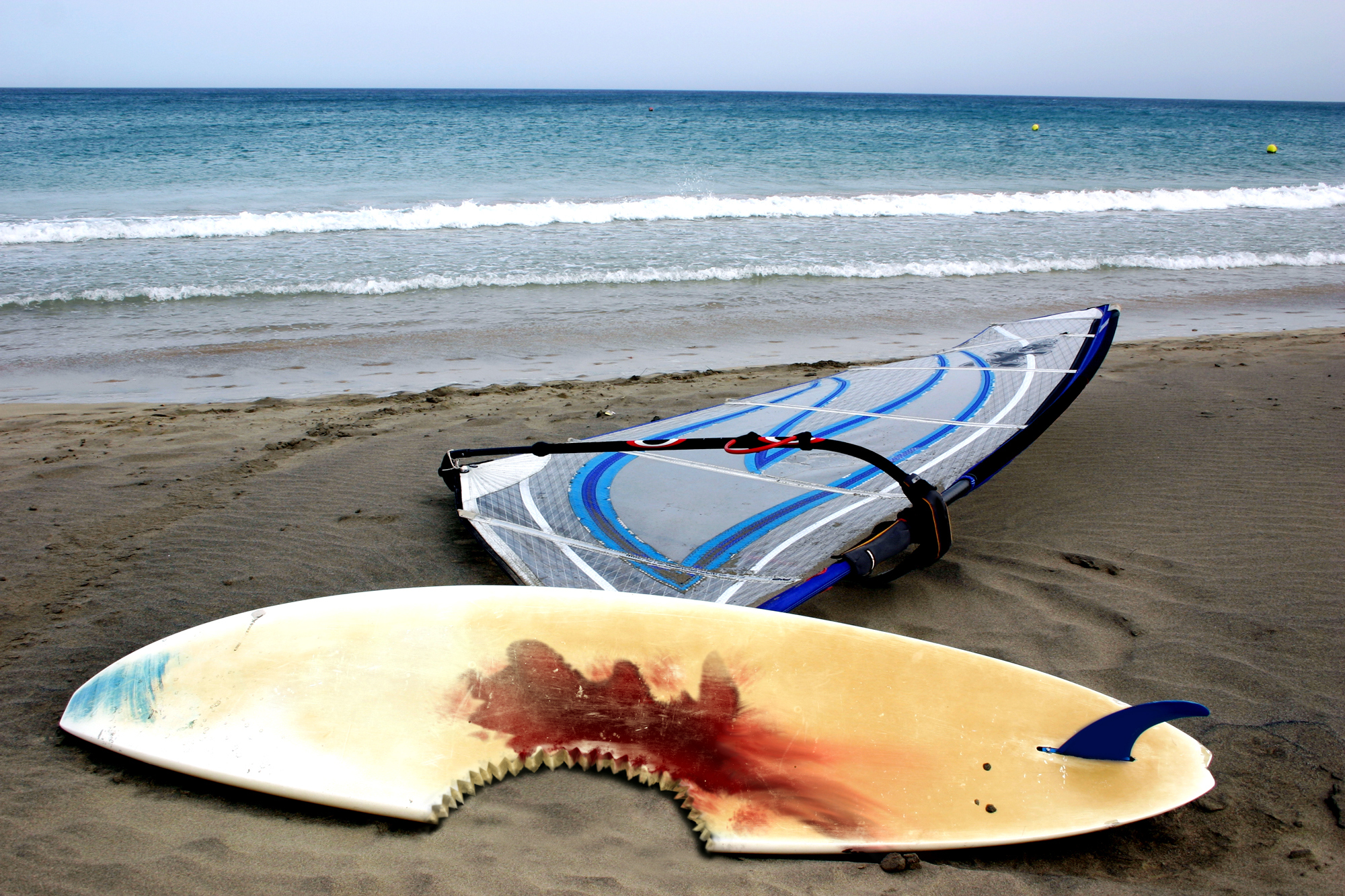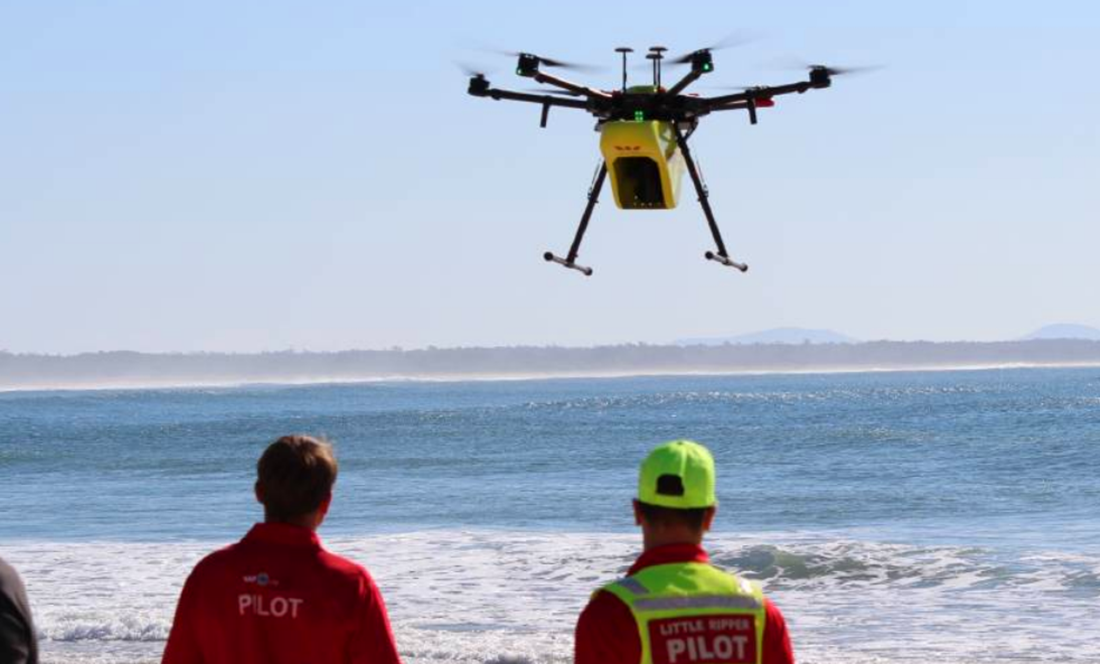As a nation of surfers and beach lovers, we spend a lot of time in the ocean.
This can include exposure to many curious, vibrant marine animals. Most are harmless, but a few can be deadly.
Without surveillance, these animals may present danger to us—in particular, sharks.
Shark attack stats
According to this report, WA had six cases of unprovoked shark encounters in 2017. This included two injuries and one fatality in Esperance, WA. This was the highest number of encounters of all the states that year.

The numbers might not be as high as fatalities from lighting strikes and car accidents, but it’s worth monitoring and trying to keep human/shark interactions to a minimum.
But how do we keep an eye on sharks without interfering in their natural habitats?
Drone technology makes waves
The miniaturisation of technology has allowed rapid advances in drone technology. The miniaturisation was mainly driven by mass production of consumer products, such as smartphones. But it’s been good news for drone technology, lowering costs and increasing accessibility in the production of drones.
This commercialisation allows for a variety of uses in our day-to-day lives, such as taking to the skies for beach and surf surveillance of sharks.
With appropriate cameras, a drone can identify sharks and other marine life. It can then alert lifesavers and swimmers nearby using messages, sirens and visual warnings.

If you want to get really high tech, you can use artificial intelligence to ‘train’ drones with the thousands of images captured using its camera. Using the images, an algorithm could be created to help the drone accurately identify various ocean life and objects.
You little ripper
One example of this is the Westpac Little Ripper drone. This drone is part of Westpac’s Lifesaver Initiative, as seen in this video:
The Westpac Little Ripper Lifesaver used an artificial intelligence-based system to become the world’s first autonomous shark-detecting drone. It was developed by the University of Technology Sydney (UTS) to detect sharks in real time with high accuracy.
The Westpac Little Ripper has patrolled five of Perth’s beaches. One patrol resulted in spotting sharks on two occasions at Secret Harbour in the south of Perth.
So what other applications will we see?
Shark patrol is just one way to use drones to save lives. They can also assist in other emergency situations at sea, such as carrying flotation devices and rescue packages to assist lifeguards or swimmers.
Whether at sea or on land, it won’t be long before we see many more emergency drones flying in for the rescue.









